
There’s a reason why new drivers are told not to leave a roof rack on their car when it’s not in use. It not only increases the car’s overall weight, but it can cause drag, affect the aerodynamics, and lead to an increase in fuel consumption. While car roof racks are a versatile and practical solution for transporting bulky items like camping gear, there are a few things you should know before you install one.
The effect of roof racks on fuel consumption
The main reasons that roof racks make vehicles less efficient is due to the additional weight and increase in surface area, increasing the resistance and causing drag when driving. The engine therefore has to work harder to propel the car forward. Even when empty, a roof rack can reduce fuel efficiency due to its impact on the vehicle’s aerodynamics.
This is why manuals and experts strongly recommend removing a roof rack when it is not in use to maintain an acceptable fuel consumption rate and thereby save you money. Reducing heavy loads and storing items in the car boot instead will also raise fuel economy.
How roof racks increase drag
A roof rack increases aerodynamic drag by adding more surface area to the car and changing its streamlined shape, blocking the airflow over the vehicle. Whether loaded or empty, it creates extra air resistance, forcing the engine to use more energy just to maintain the speed.
Estimated impact on fuel efficiency
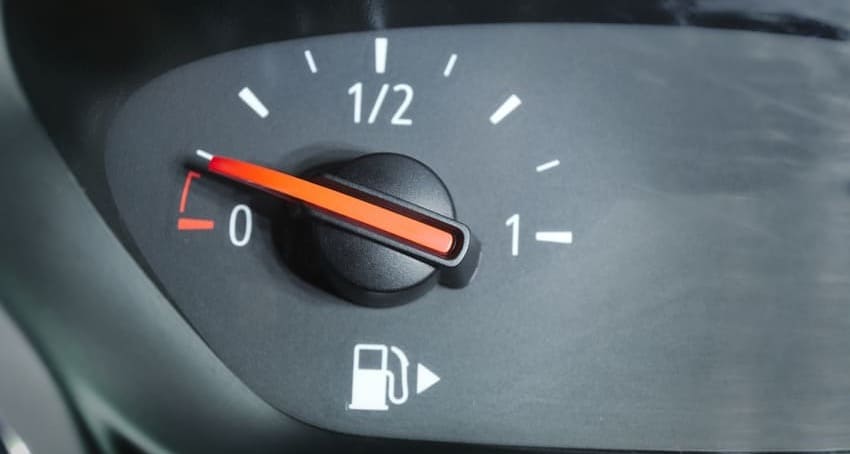
A roof rack can decrease your vehicle’s fuel efficiency by roughly 5–15% due to the drag. While this may not be significant for one trip, the fuel costs will build up over time. The specific impact of your rack will depend on many factors, such as its design, its position on the car, the load weight, and your driving speed. Make sure to never exceed the weight limit for the product or your specific vehicle model.
Vehicle handling and dynamics with a roof rack
Using a roof rack will also raise the car’s centre of gravity, which, unfortunately, can reduce the vehicle’s stability and make it more prone to body roll or tipping when turning. You may feel particularly unstable when driving round sharp bends or making quick manoeuvres.
Implications for manoeuvrability and braking distance
The impact of roof racks on manoevrability and braking is usually more noticeable at high speeds and in windy conditions. In addition to more body roll, the heavier loads on the roof can make the steering feel less responsive and the car less agile, making it more difficult to stay within the lines and turn smoothly.
Additionally, the extra weight puts strain on the brakes, especially when coming to a sudden stop. It can also create more forward momentum, increasing the braking distances. Moreover, if the rack is left on for a long time, it can cause uneven wear in the braking and suspension systems and on the tyres.
Tips to minimise negative impact:
- Keep the load as low as possible – use a lower-profile cargo box or secure items closer to the roof.
- Distribute weight evenly – avoid putting too much weight on one side.
- Follow weight restrictions – Check your vehicle’s roof load capacity to avoid damaging roof.
- Remove the rack when not needed – if you’re not using it, take it off.
Wind noises
Due to the increased resistance, roof racks can generate a lot of noise while driving, especially at high motorway speeds, reducing driving comfort. You may hear unpleasant whooshing, rattling, or whistling sounds coming from above. This is usually more extreme than the noise produced by rear-mounted bike racks, for example.
How to reduce noise levels
Sometimes adding a wind deflector to a car roof rack can help redirect airflow and reduce the impact of increased drag, though it won’t eliminate it altogether. There are also specially designed crossbars, such as the Yakima JetStream, that help improve the aerodynamics slightly. You should also make sure there are no loose components and avoid placing the rack too close to the front of the car, where it catches more wind.
The implications of an increased vehicle height
An increased vehicle height due to a roof rack can limit access to low-clearance areas like parking garages, drive-thrus, and tunnels. Carrying heavier items on a roof rack may also prevent you from accessing services such as car washes or parking garages due to the added height. You should measure the total height of your car including any accessories before entering a restricted area.
Potential for vehicle damage
A roof rack can damage a car if not used or installed properly. Here’s how:
- Scratches paint damage
Poorly installed racks, falling items, or trapped dirt around the mounts can scratch the roof. Over-tightening clamps can wear down the paint, leading to rust over time. - Roof dents
Exceeding the vehicle’s roof load limit can dent the roof or weaken its structure. Heavy luggage can also bend the roof rails. - Wind vibration damage
Loose racks or poorly secured loads can vibrate, wearing down the surfaces and fasteners and causing noise. - Window door interference
Poorly positioned clamps can press down on door seals, leading to howling wind noises or water leaks.
How to protect your car from damage caused by your roof rack
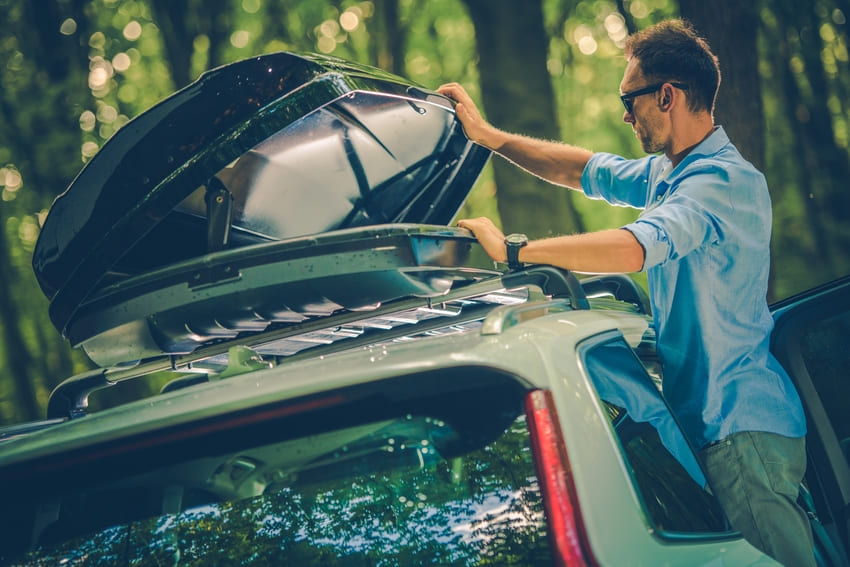
To protect your car from roof damage:
- Add rubber or foam padding to prevent scratches.
- Clean the roof before installing to avoid dirt buildup.
- Never overload the vehicle.
- Check and tighten bolts regularly to prevent shaking.
- Remove the rack when not in use to reduce wear and save fuel.
Legal considerations with having a roof rack
- When using a roof rack, follow the law by not overloading the car and securing the cargo properly to avoid fines or accidents. Always check your car’s manual for the roof’s weight limit to keep your vehicle safe and legal.
- Make sure nothing sticks out too much or blocks your view. Watch out for height limits in parking garages and tunnels.
- When transporting items like kayaks, attach warning flags if required.
The potential impact on insurance
Using a roof rack can affect your insurance if you don’t secure your load properly or overload it. If items fall off and cause damage, you could be responsible for covering the costs. Some insurance providers do not cover accidents caused by improper loading, and they could raise your rates. It’s a good idea to check your insurance and make sure your roof rack and cargo are safe and within limits.
Routine checks and maintenance tips to ensure longevity
For routine checks and maintenance to ensure your roof rack lasts:
- Inspect for rust or corrosion regularly, especially after driving in wet conditions.
- Check the mounting points for signs of wear or looseness, and replace damaged fasteners/parts.
- Clean the rack frequently to remove dirt, salt, or debris that could cause damage to the paintwork.
- Tighten straps or fasteners before each journey to ensure everything is securely fastened.
Do roof bars count as a modification?
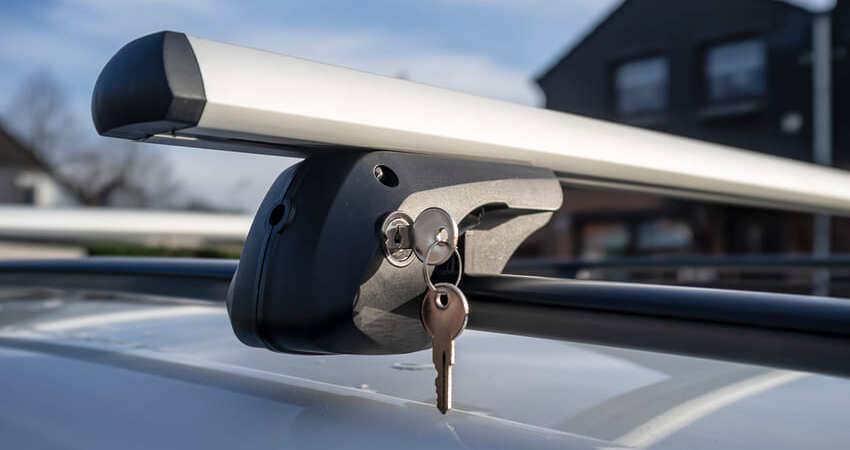
Roof bars typically don’t count as a major modification because they’re considered an accessory. However, if they’re installed in a way that affects the car’s structure, such as by drilling into the roof or altering the vehicle body itself, they could be considered a modification. It’s a good idea to check with your insurance provider to ensure your coverage is valid and to report any changes that may impact your policy.


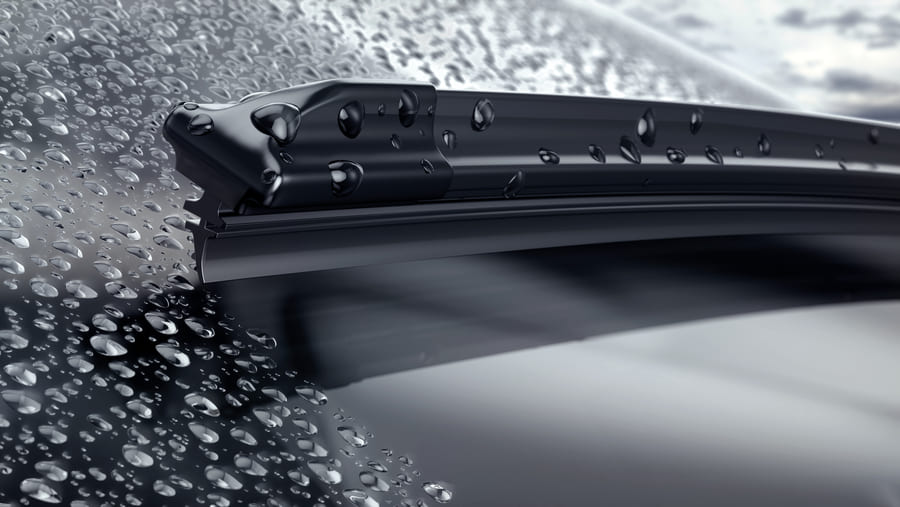
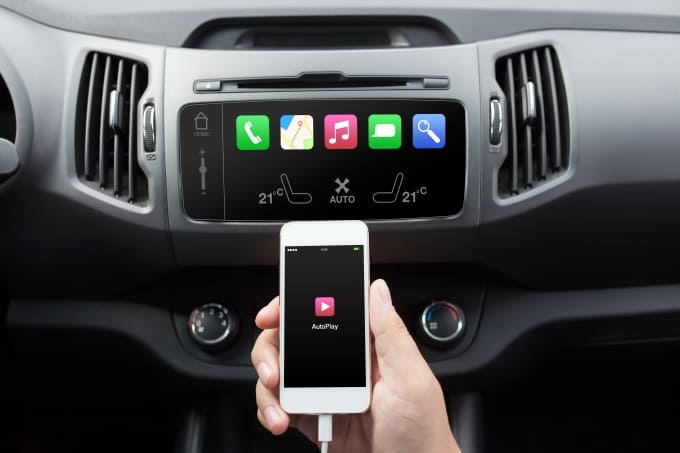
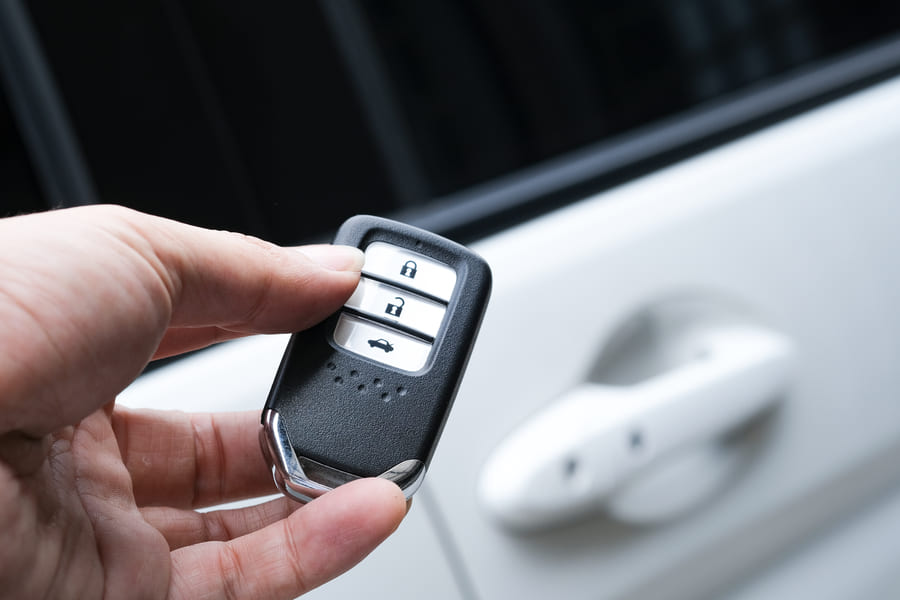

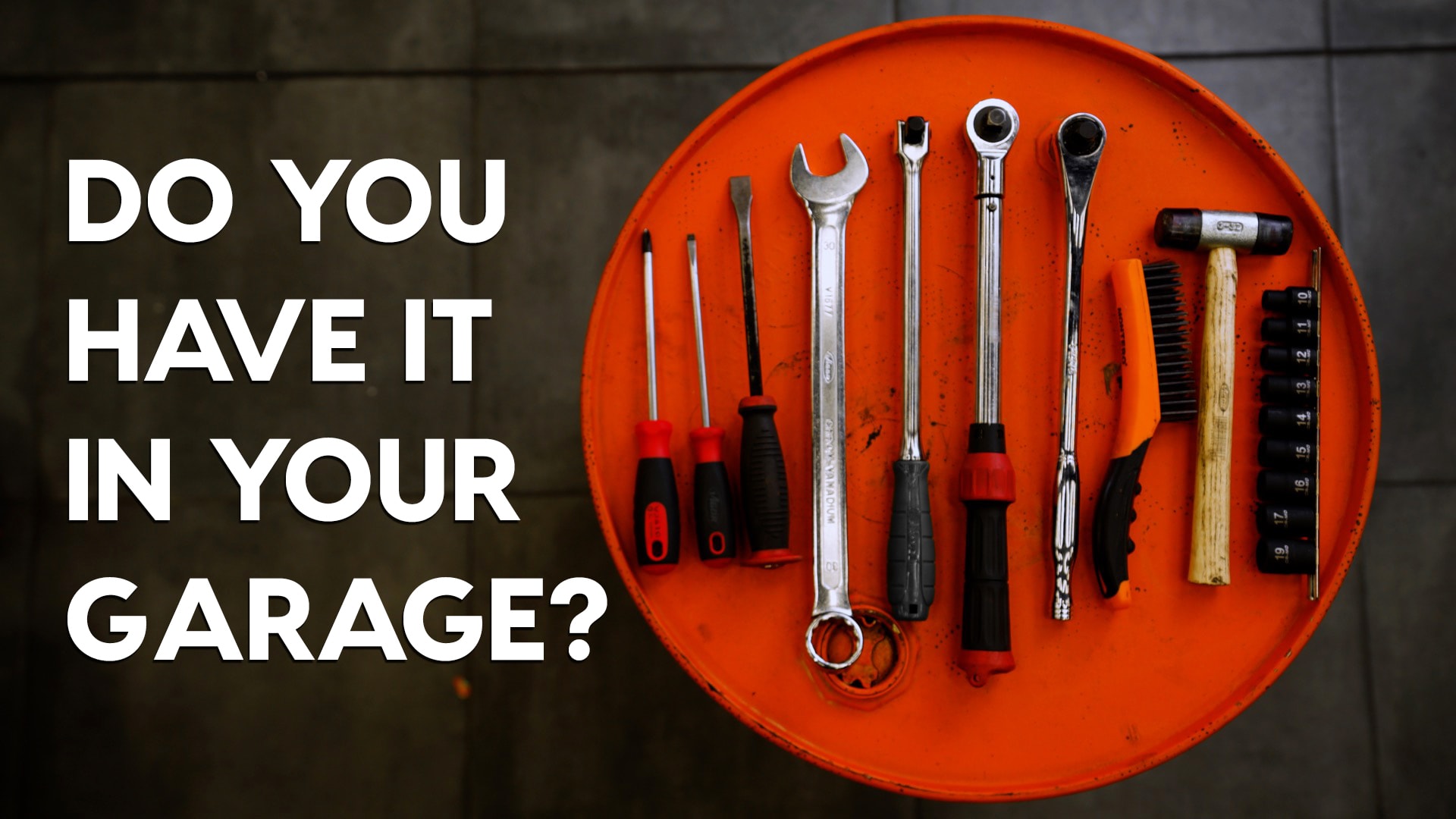
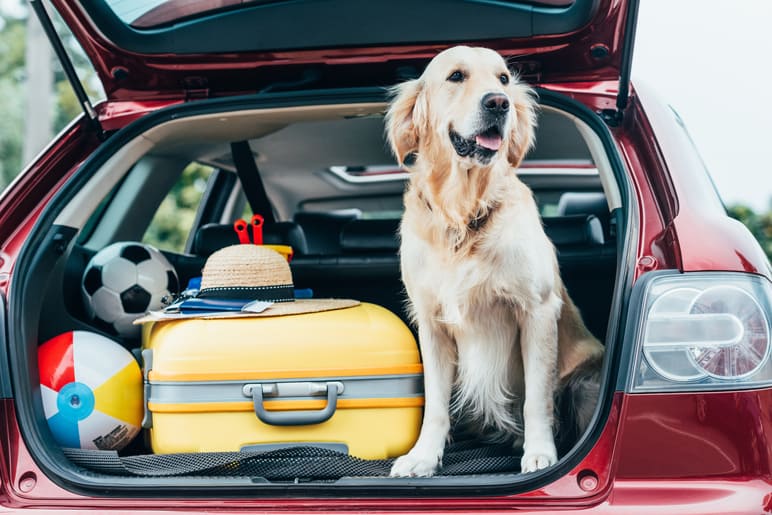
Comment